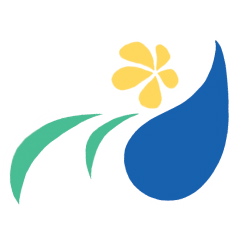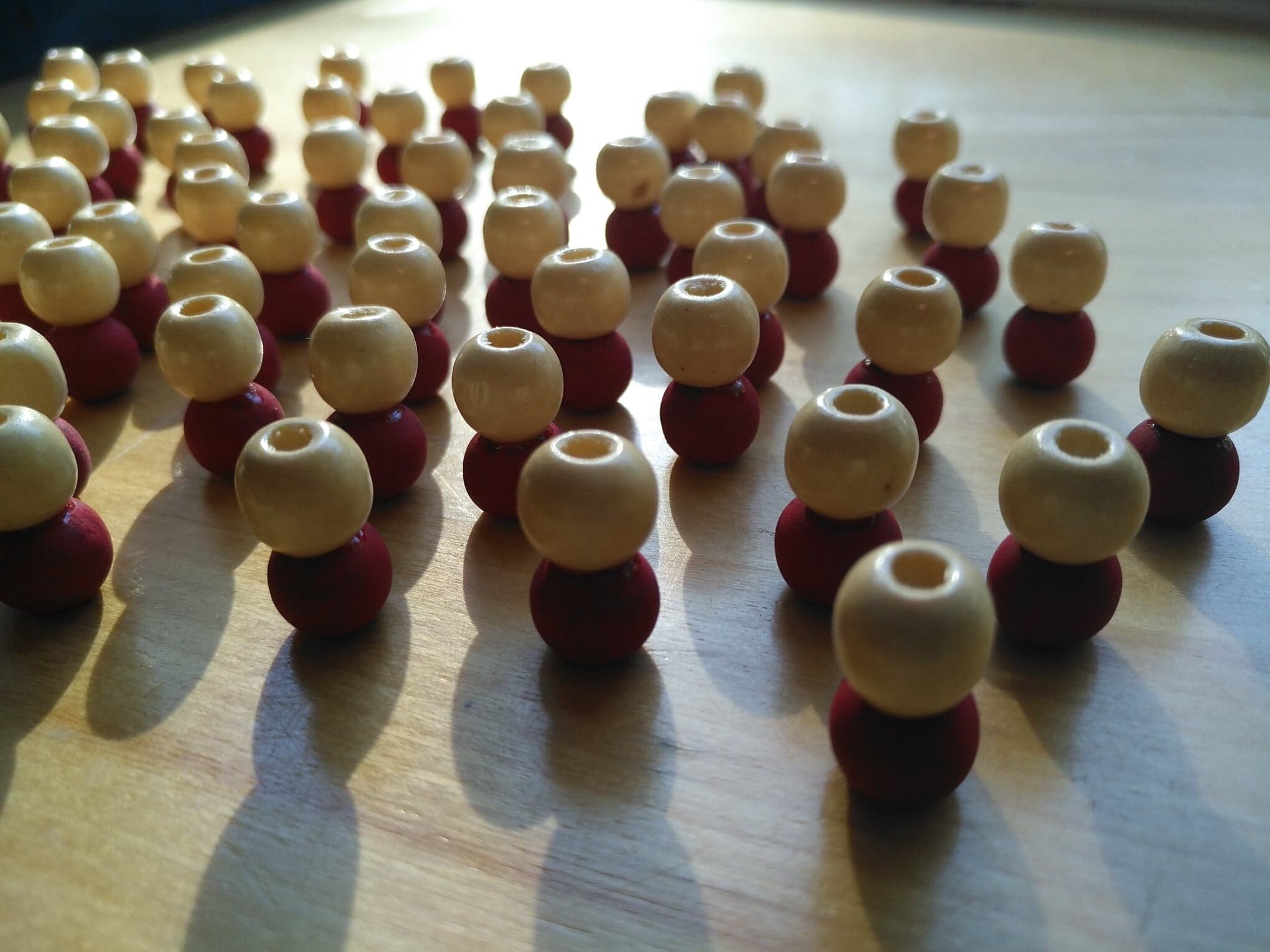Since completely stopping making face masks in the end of September, 2020, not a day has gone by without customers coming in still looking for them. We truly appreciate that they sought us out, most mentioning that our masks were “the best”. Thus, it made us all the more sad to disappoint as we had no more masks to offer. With life in our Atlantic bubble moving along, it just wasn’t possible to continue making them.
To those who are handy with the sewing machine and would like to make their own masks, here is a little tutorial to help you get started. We have replenished our Japanese fabric stocks and have a lot of fat quarters to offer. (What is a fat quarter?)
Special Limited Offer: When you purchase fat quarters at the shop, do let us know if you are planning to make masks out of them. For each purchase of our fat quarter fabric, we will throw in 1.5m length of the elastic cord for FREE. This offer is good while supply lasts.
Let’s get started!
This tutorial will help you make a double-layered, pleated face mask with approximate dimensions of 18cm x 9cm. The choice of fabric material is really up to you. We went through a lot of trial-and-error to choose what we thought was best. We used 100% cotton fabric on all our masks.
0. Materials
2 pcs fabric cut 18cm x 19cm
(One piece will be the front and the other will be the back. You can use the same pattern for front & back too. The masks will be reversible.)
2 pcs fabric cut 12cm x 5cm
(These will be your bias strips so we recommend the pattern to be the same as the front pattern of your mask)
2 pcs elastic cord 28cm length











